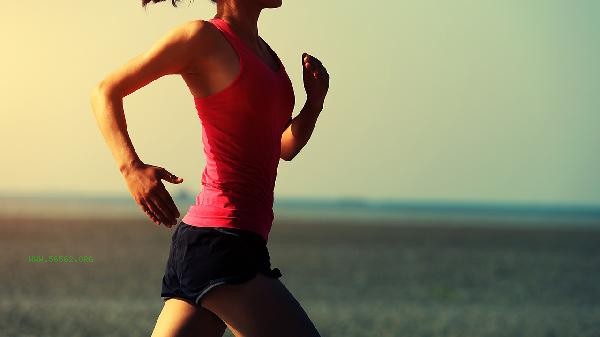The fat burning efficiency of climbing stairs and running depends on the intensity of exercise and individual physical differences. Under the same intensity, climbing stairs has a more concentrated activation of lower limb muscle groups, and the calorie consumption per unit time may be slightly higher than running; Running provides a more comprehensive and sustainable improvement in cardiovascular function. Climbing stairs belongs to anti gravity vertical movement, which requires resisting one's own weight to complete the lifting action, and the stimulation of large muscle groups such as quadriceps and gluteus maximus is stronger. During exercise, the heart rate rises rapidly and can reach a higher fat burning heart rate range in a short period of time. However, due to limitations in the venue and joint pressure, it is difficult for ordinary people to continue for more than 30 minutes. People with a large body weight or knee joint discomfort need to choose carefully. It is recommended to use methods such as single step slow climbing and handrails to reduce the load.

Running, as a classic aerobic exercise, allows for flexible control of intensity by adjusting the pace. When running fast, glycogen is mainly consumed, and after 20 minutes of slow running, the proportion of fat supply gradually increases to a higher level. Although its impact on ankle and knee joints is less than climbing stairs, long-distance running lasting more than an hour can still accumulate a considerable amount of heat deficit. Modes such as variable speed running and interval running can further break through the plateau period, making them suitable for weight loss individuals who want to simultaneously improve their endurance. The weight loss effect of SEP needs to be combined with exercise frequency and dietary management. People with normal weight can alternate between two types of exercise, using climbing to enhance local shaping and running to improve basal metabolism. Timely supplement high-quality protein and complex carbohydrates after exercise to avoid muscle loss. Individuals at risk of cardiovascular disease or joint injury should prioritize low impact exercises such as swimming and elliptical exercise, and develop a plan under the guidance of professionals.








Comments (0)
Leave a Comment
No comments yet
Be the first to share your thoughts!